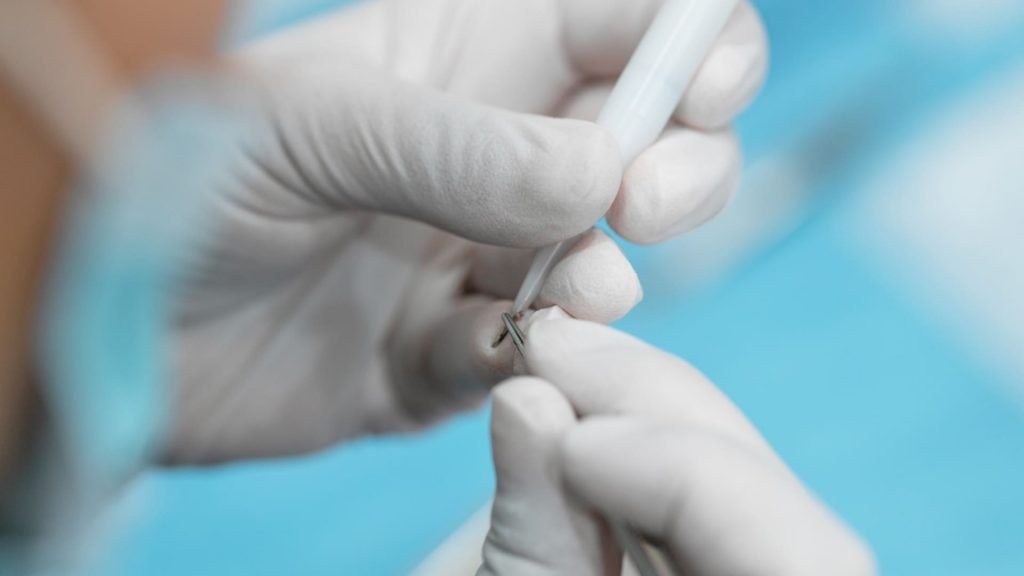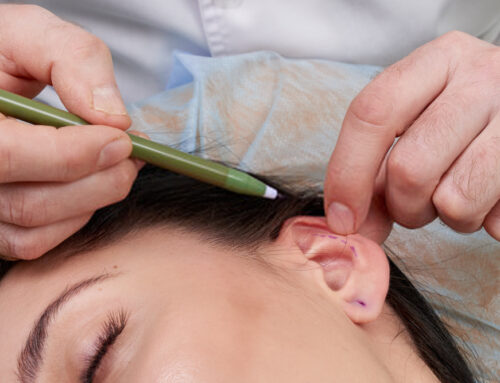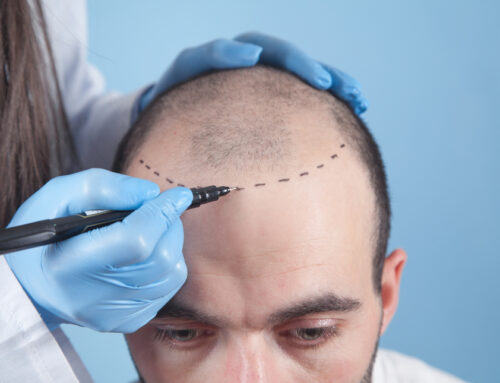What is the Disadvantage of DHI?
When it comes to hair restoration techniques, Direct Hair Implantation (DHI) has gained popularity in recent years. This innovative procedure offers a promising solution for individuals struggling with hair loss. However, it’s important to understand that like any other medical procedure, DHI also has its disadvantages and limitations. In this article, we will explore the potential downsides of DHI, discussing the risks, concerns, and factors to consider before opting for this hair restoration method.
Potential for Unsatisfactory Results
While DHI has proven to be effective for many individuals, it is important to acknowledge that the outcome of the procedure may vary from person to person. Factors such as the patient’s natural hair quality, scalp condition, and overall health can influence the results. While the majority of patients achieve satisfactory outcomes, there is a small chance that some may not achieve their desired expectations. Having realistic expectations and open communication with the hair restoration specialist is crucial to minimize any potential dissatisfaction.
In conclusion, while DHI is a popular hair restoration technique known for its advantages, it is essential to be aware of the potential disadvantages associated with the procedure. The higher cost, lengthy duration, scalp sensitivity, risk of follicle damage, limited donor hair supply, post-procedure care requirements, and the potential for unsatisfactory results are factors that necessitate consideration. By understanding these aspects, individuals can make informed decisions and align their expectations accordingly.
What is the Disadvantage of DHI?
Direct Hair Implantation, like any other medical procedure, has its drawbacks. While it offers several advantages, it’s crucial to be aware of its limitations and potential risks. Let’s delve into some of the disadvantages associated with DHI:
1. Cost Considerations
Undergoing DHI can be a costly affair. The procedure involves advanced technology and skilled professionals, which contributes to its high price tag. It’s important to evaluate your budget and consider the long-term financial implications before deciding to proceed with DHI.
2. Limited Donor Area
DHI relies on hair follicles taken from the donor area, usually the back of the head. However, some individuals may have limited donor hair availability due to previous surgeries, extensive hair loss, or other factors. The success of DHI depends on having an adequate supply of healthy hair follicles, making it less suitable for those with limited donor areas.
3. Potential for Over-Harvesting
During the DHI procedure, hair follicles are extracted from the donor area and transplanted into the recipient area. However, there is a risk of over-harvesting the donor area, which can result in visible thinning or scars. Proper assessment and planning by an experienced DHI specialist are crucial to avoid over-harvesting and maintain a natural-looking result.
4. Time-consuming Process
DHI is a meticulous and time-consuming process. The transplantation of individual hair follicles requires precision and patience, making it a lengthy procedure compared to other hair restoration techniques. The duration of the process can vary depending on the extent of hair loss and the number of grafts required.
5. Potential for Post-Procedure Complications
As with any surgical procedure, there is always a risk of complications after DHI. These can include infection, swelling, bleeding, scarring, or even a suboptimal aesthetic outcome. It’s crucial to follow post-operative care instructions diligently and seek prompt medical attention if any concerns arise.
6. Not Suitable for Everyone
DHI may not be suitable for everyone experiencing hair loss. Individuals with certain medical conditions or specific types of hair loss may not be ideal candidates for this procedure. It’s essential to consult with a qualified hair restoration specialist who can assess your unique situation and recommend the most appropriate treatment option.,
Reviews
Frequently Asked Questions (FAQs)
Here are some common questions that people often have about the disadvantages of DHI:
Is DHI more expensive than other hair restoration methods?
A1. Yes, DHI tends to be more expensive compared to traditional hair transplantation methods due to its advanced techniques and specialized equipment required.
Will DHI work for me if I have extensive hair loss?
A2. DHI requires a sufficient supply of healthy hair follicles from the donor area. If you have extensive hair loss, it’s possible that you may not have an adequate donor hair supply, making DHI less suitable for your situation.
Can DHI cause visible scars?
A3. While DHI minimizes scarring compared to older techniques, there is still a risk of visible scarring, especially if over-harvesting occurs during the procedure. It’s essential to choose a skilled and experienced DHI specialist to minimize this risk.
How long does the DHI procedure take?
A4. The duration of the DHI procedure can vary depending on the extent of hair loss and the number of grafts required. On average, it can take several hours or even a full day to complete.
Are there any specific medical conditions that may exclude me from undergoing DHI?
A5. Certain medical conditions, such as uncontrolled diabetes or autoimmune disorders, may make DHI unsuitable. It’s important to disclose your medical history to the hair restoration specialist for proper evaluation.
What are the possible complications after DHI?
A6. Post-procedure complications can include infection, swelling, bleeding, scarring, or an unsatisfactory aesthetic outcome. It’s crucial to follow the post-operative care instructions provided by your specialist to minimize the risk of complications.
Our place on the map
Conclusion
While Direct Hair Implantation (DHI) offers a promising solution for individuals struggling with hair loss, it’s essential to consider the potential disadvantages and limitations before making a decision. Factors such as cost, limited donor area, time commitment, and the possibility of post-procedure complications should be carefully evaluated. Consulting with a qualified hair restoration specialist is crucial to understand if DHI is the right option for you based on your unique circumstances and expectations. Ultimately, an informed decision will help ensure a satisfactory outcome and a boost in self-confidence.





Leave A Comment